Geocaching: High Tech Hide and Seek
I swing the kickstand to the ground, park my bike, and plop onto a green bench to rest. I’m perched at the top of a knoll along the Old Polson Railroad Trail, which the city of Polson converted into a meandering bike path. I gaze out onto the steely blue calm of Flathead Lake, able to see miles across its length on this sunny day. A piney breeze refreshes my lungs; its current cools my glistening shoulders. What a gorgeous spot, I think, but I remind myself that I mustn’t dilly-dally. I’ve got a mission.
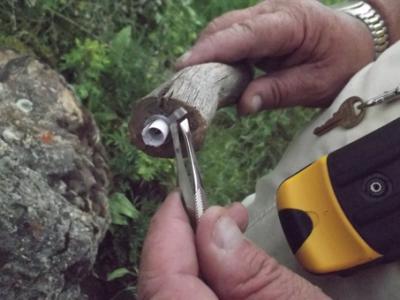
I’m sitting on Ivan’s Bench, reading my one clue: “Sit on the east side of the bench, and place your right hand down to feel for a surprise.” Dragging my fingers along the edge of the seat, I follow the instructions. I touch metal, a screw maybe? I trace the dull, bubbly seams of the welded seat. I resist peeking and reach farther back. The edge squares off into a hollow box. I lean into the bench, so I can poke my finger up through the hole. There’s something in it. It’s metal. It’s smooth. I hook my finger around it and pull. Jackpot!
I’ve just found my 10th Geocache of the day.
If you’ve never heard of Geocaching (pronounced “Gee-oh-cash-ing”), don’t feel left out. A modern-day version of the old-fashioned treasure hunt, the sport of Geocaching has grown as secretly as the booty it’s all about. When I sat on Ivan’s Bench, I found one of over 1.8 million caches worldwide, over 5,300 in Montana alone.
Stashing a cache is not a new idea for Montanans. Before the West was settled, travelers like Andrew Garcia often cached their possessions in hidden, out-of-sight spots. Months — even years — later they uncovered the stash to find their bounty safe, waiting for their return. Geocaching takes that tradition and makes it fun. Maybe you have an itch to explore more of Montana, but don’t know where to start. Perhaps you plan to visit the state and want in on the quirky spots only the locals know about. Or, you just want to add a little mystery to your Sunday drive. Any situation, and virtually any mode of transportation, can fit with Geocaching.
I chose to bike an easy, mostly downhill, route along the edge of Polson. This quaint town sits at the southern tip of Flathead Lake, the largest fresh-water body west of the Mississippi. That day, Larry Allen guided me as we uncovered 14 of the 19 caches along the route. Larry began Geocaching in 2009. He’s logged over 400 finds. “I’ve seen places in Missoula, where I’ve lived for 61 years, that I’ve never seen before, all because I started Geocaching.”
As we started down the trail at Caffrey Road, a half-mile before the hill heading down into Polson, I didn’t have to bike long to score our first find. The cache, named “Adopt Me,” offered one clue: “metal, rubber, wood.” We found a small strip of paper rolled up and stuffed into a drilled-out hole in a piece of wood, with a rubber stopper for a cork. We unfurled the paper and scanned the list of Geocachers who had come before us. Each log entry included the date and the finder’s call sign. We added ours to the bottom of the list. After rolling the paper back up and placing the cache exactly as we found it, Larry pulled out his GPS for details on the next hide.
“You don’t have to buy a top-of-the-line GPS,” Larry explains. “But it is the backbone of the game.” For the unending entertainment it provides, Geocaching requires little equipment. Besides a GPS, all you need is an Internet connection and transportation. Larry offers a few additional tips: buy a GPS that downloads coordinates from the official Geocaching Web site, www.geocaching.com. Bring along tweezers for the tightest caches. Always have a pen ready, or pencil if it’s winter. Stash a few small tokens in your pocket for trading, as some larger caches include treasure added by previous visitors. You can take one, leave one. As always, though, come with a spirit of adventure.
“You’ve got to let your mind wander and not get too focused on what or where you think it might be,” Larry explains. Indeed, that day, we found logs hidden within all sorts of creative containers, including: a plastic squirrel, hewn log, drilled-out rock, a cow bone, and — well, I don’t want to give it all away. Thanks to one, inspired hider — call sign “MTKiwi” — we enjoyed three hours of Montana’s beauty mingled with child-like wanderlust.
Besides the infinite possibilities for cache containers, Geocachers like to challenge finders with the hunt. There are multi-stage hides which reveal cache coordinates step-by-step; puzzle caches which require finders to complete a Sudoku to decode coordinates; and “travel bugs,” which are larger, tagged tokens that finders can remove and adopt, then re-hide in another cache. Larry’s travel bug — a plastic replica of a grizzly bear, named Montana Griz — has travelled the U.S. three times over.
The nationwide popularity of Geocaching becomes obvious once you experience the many benefits of the sport. It’s not a big investment. The Web site is user-friendly. It’s family-friendly and flexible as far as time commitment. Hunting for caches serves as a handy way to sneak in some exercise. Plus, it’s a great way to meet a community of like-minded folks as curious as you. One warning: it’s addictive. “One night, at 9 p.m., I received an email notice that a cache had just been hid,” Larry recalls. “I said to my wife, ‘Kathy, let’s go!’ There we were, in the dark, at 9:30 at night, hunting for caches. We found five in 45 minutes. I claimed ‘First to Find’ on that email.”
If you’d like to start your own quest for your first cache, go to www.geocaching.com and enter your zip code. Who knows, there could be dozens within a mile of you, as you sit, reading this article. They’re just waiting for you to come out and play.
This just in:
Helena offers a special GeoTour with
38 caches that feature the best highlights of the city.
Caches take the tourist or participant to the Helena National Forest, the Elkhorn Ghost Town, the heights of MacDonald Pass, and sites of the 1864 Gold Rush. Some restaurants and lodges will offer discounts to tourists. If you find 25, you get a token of recognition.
Go to Geocaching.com and locate the Helena Montana GeoTour. Or, go to helenamt.com/geotour to find out where the caches are placed. You may also contact Heidi O’Brien at the Helena Tourism Alliance, 406-449-1270.
Other resources:
Geocaching Montana Facebook Page
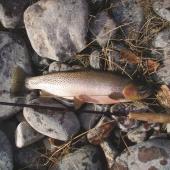
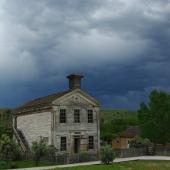
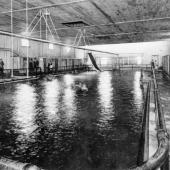
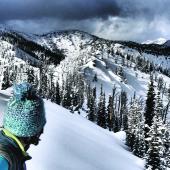
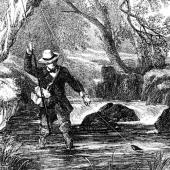
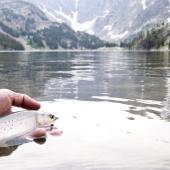
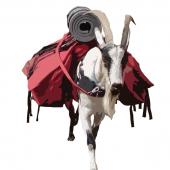
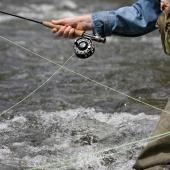
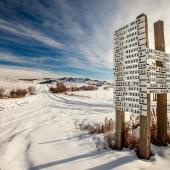
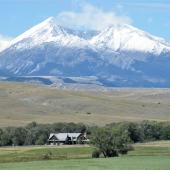
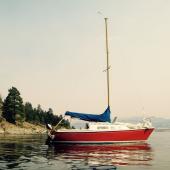
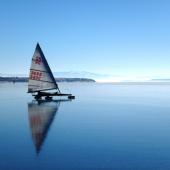
Leave a Comment Here